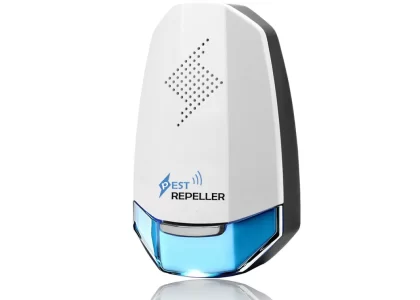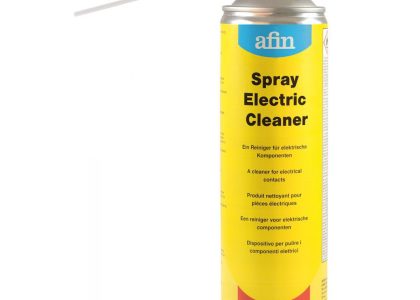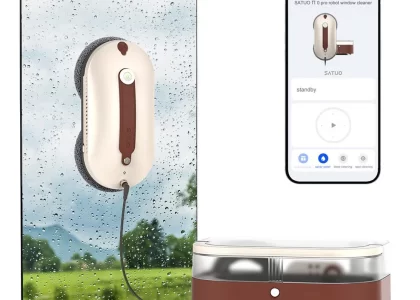How to install a washer and dryer
Congratulations on your new washer and dryer! These essential appliances will make laundry day a breeze. Before you can enjoy their benefits, however, you’ll need to install them properly. This guide will walk you through the steps of installing your washer and dryer, providing detailed instructions and essential tips to ensure a successful and safe installation.
 Preparing for Installation
Preparing for Installation
How to install a washer and dryer
Before you start, gather the necessary tools and materials. This will help you avoid unnecessary delays and ensure a smooth installation process.
Tools and Materials:
- Level: Essential for ensuring your appliances are perfectly balanced.
- Adjustable wrench: To tighten and loosen nuts and bolts.
- Phillips head screwdriver: To secure screws and brackets.
- Measuring tape: To confirm the space available for installation.
- Plumb bob: Used to ensure the washer is perfectly plumb (vertically aligned).
- Hose clamps: To securely connect the water supply hoses.
- Teflon tape: To seal the threads of the water supply hoses.
- PVC pipe or metal tubing (if necessary): For extending the drain hose or water supply lines.
- Electrical tape: To insulate exposed wires.
- Safety glasses: To protect your eyes from debris.
- Work gloves: To protect your hands.
- New washer and dryer: You’ll need these, obviously!
Before you begin, you should also consider these important factors:
- Space considerations: Measure the available space carefully. Ensure there is adequate room for both appliances, including clearance for doors to open fully and for access to hoses and connections.
- Electrical and plumbing requirements: Review your washer and dryer manuals for specific electrical and plumbing requirements, including voltage, amperage, water pressure, and drain hose specifications. You may need to consult an electrician or plumber if your existing wiring or plumbing does not meet these requirements.
- Safety precautions: Always unplug the washer and dryer before working on them. Disconnect the water supply and drain hose before moving the appliances.
 Installing the Washer
Installing the Washer
How to install a washer and dryer
The washer is the more complex of the two appliances to install, as it requires plumbing connections. Follow these steps for a successful washer installation:
1. Choosing the Right Location
- Level surface: The washer needs to be placed on a level, sturdy surface. If you are using a wood floor, a solid platform may be necessary to support the weight of the appliance.
- Near a drain: The drain hose should be connected to a nearby drain, preferably a dedicated laundry sink or a drain specifically for the washer.
- Water supply access: The water supply hoses should connect to a cold water source and possibly a hot water source (depending on your washing machine model). Ensure you have access to these outlets.
2. Connecting the Water Supply Hoses
- Shut off the water supply: Before you start, make sure to shut off the water valve to the cold water source and hot water source (if applicable).
- Teflon tape: Wrap Teflon tape around the threads of the water supply hoses to prevent leaks. Wrap in the same direction as the hose threads, creating a snug seal.
- Connect the hoses: Connect the cold water supply hose to the cold water inlet on the back of the washer. Connect the hot water supply hose to the hot water inlet if your washer has a hot water connection.
- Tighten the connections: Use an adjustable wrench to tighten the connections securely. However, don’t overtighten, as this can damage the threads.
3. Connecting the Drain Hose
- Choose the drain method: The drain hose can be connected directly to a drain pipe, a laundry sink, or a standpipe.
- Secure the connection: Attach the drain hose securely to the chosen drain method. If using a standpipe, ensure the drain hose is positioned above the water level in the standpipe.
- Avoid kinks: Make sure the drain hose is not kinked or blocked, which can cause water to back up.
4. Setting Up the Washer and Checking for Leaks
- Unpack and level the washer: Carefully unpack the washer, removing any packing materials.
- Level the washer: Use a level to check if the washer is level. Adjust the adjustable feet at the base of the washer to achieve a level position.
- Test for leaks: Turn the water supply back on and check for any leaks at the water supply connections, drain hose connections, and the washer itself.
 5. Plugging in the Washer
5. Plugging in the Washer
- Check electrical requirements: Verify the electrical outlet you are using matches the voltage and amperage requirements specified in the washer’s manual.
- Ground fault circuit interrupter (GFCI): For safety, the electrical outlet should be protected by a GFCI, particularly if it is located in a wet area.
- Plug in the washer: Plug the washer into the outlet.
 Installing the Dryer
Installing the Dryer
How to install a washer and dryer
Installing the dryer is a relatively straightforward process. It mainly involves connecting the dryer vent and making sure the dryer is level.
1. Selecting a Suitable Location
- Well-ventilated area: The dryer should be installed in a well-ventilated area to allow for proper air circulation and to prevent the build-up of lint.
- Near an electrical outlet: The dryer needs to be near a dedicated electrical outlet that meets its power requirements.
2. Connecting the Dryer Vent
- Check the vent hose: Check the dryer vent hose for any kinks or blockages. If you need to replace the vent hose, ensure it is the correct size and length for your dryer model.
- Connect the vent hose: Connect the vent hose to the dryer vent outlet. Make sure the connection is secure and airtight.
- Run the vent hose: Route the vent hose to the outside of your home. The vent hose should be as short and straight as possible to avoid airflow resistance.
- Ensure proper venting: The vent hose should terminate outside the home, extending at least 3 feet beyond the exterior wall. It’s important to use a vent hood or cover at the termination point to prevent rain or snow from entering the vent hose.
3. Setting Up and Leveling the Dryer
- Unpack and level the dryer: Carefully unpack the dryer, removing all packing materials. Use a level to make sure the dryer is level. Adjust the adjustable feet at the base of the dryer to achieve a level position.
- Check for leaks: If your dryer has a water condensation system, check for any leaks at the drain hose connection or the condensation pan.
4. Plugging in the Dryer
How to install a washer and dryer
- Check electrical requirements: Ensure the electrical outlet you are using matches the voltage and amperage requirements specified in the dryer’s manual.
- Ground fault circuit interrupter (GFCI): For safety, the electrical outlet should be protected by a GFCI, especially if it is in a wet area.
- Plug in the dryer: Plug the dryer into the outlet.
 Tips for Successful Installation
Tips for Successful Installation
- Read the manuals: Before you start the installation, carefully review the owner’s manuals for your washer and dryer. The manuals provide specific instructions and safety recommendations for your models.
- Seek professional help: If you are not comfortable performing certain aspects of the installation, such as electrical wiring or plumbing connections, consult a qualified electrician or plumber.
- Use the correct tools: Using the appropriate tools will ensure a safe and efficient installation. If you don’t have the necessary tools, you can rent them from a hardware store.
- Be patient: Take your time and avoid rushing the installation process. Make sure everything is connected correctly and securely.
- Test the appliances: After you have installed the washer and dryer, test them thoroughly to ensure they are working properly. Run a test load of laundry in the washer and dry a load of clothes in the dryer to check for any issues.
Troubleshooting Common Issues
- Leaks: If you notice leaks, check the water supply hoses, drain hose, and the washer itself for loose connections or damaged hoses. Tighten any loose connections and replace damaged hoses.
- Vibrations: If the washer or dryer vibrates excessively, check that the appliances are level and properly balanced. Make sure the washer is not touching any walls or cabinets. For the dryer, ensure the vent hose is not kinked or blocked.
- Noise: If the washer or dryer makes unusual noises, check the appliance manuals for troubleshooting advice. You may need to contact a service technician if you can’t resolve the issue yourself.
- Electrical problems: If you have electrical problems, such as a tripped circuit breaker or a flickering light, immediately unplug the appliances and contact a qualified electrician.
- Venting problems: If the dryer is not venting properly, check for blockages in the vent hose or at the vent termination point. Clean or replace the vent hose if necessary.
 Maintaining Your Washer and Dryer
Maintaining Your Washer and Dryer
Proper maintenance will extend the life of your washer and dryer and ensure they continue to operate efficiently. Here are some essential maintenance tips:
- Clean the lint trap: Clean the lint trap after each load of laundry. A clogged lint trap can restrict airflow and reduce dryer efficiency.
- Clean the washer drum: Regularly clean the washer drum to prevent the build-up of mold, mildew, and detergent residue. Use a washing machine cleaner or a mixture of vinegar and baking soda.
- Inspect the water supply hoses: Check the water supply hoses for leaks, cracks, or other damage. Replace them every five years to prevent leaks.
- Check the drain hose: Ensure the drain hose is not kinked or blocked. Clean the drain hose regularly to prevent clogs.
- Service your appliances: Have your washer and dryer serviced by a qualified technician at least once a year. This will help identify potential problems early on and prevent major repairs.
Conclusion
Installing a washer and dryer can be a straightforward process, but it’s important to follow the proper steps and safety precautions to ensure a successful and safe installation. By carefully following the guidelines in this guide, you can confidently install your new appliances and enjoy the convenience of fresh laundry every day. Remember, if you have any doubts or encounter unexpected issues, don’t hesitate to seek professional help. With proper installation and regular maintenance, your washer and dryer will serve you well for many years to come.





